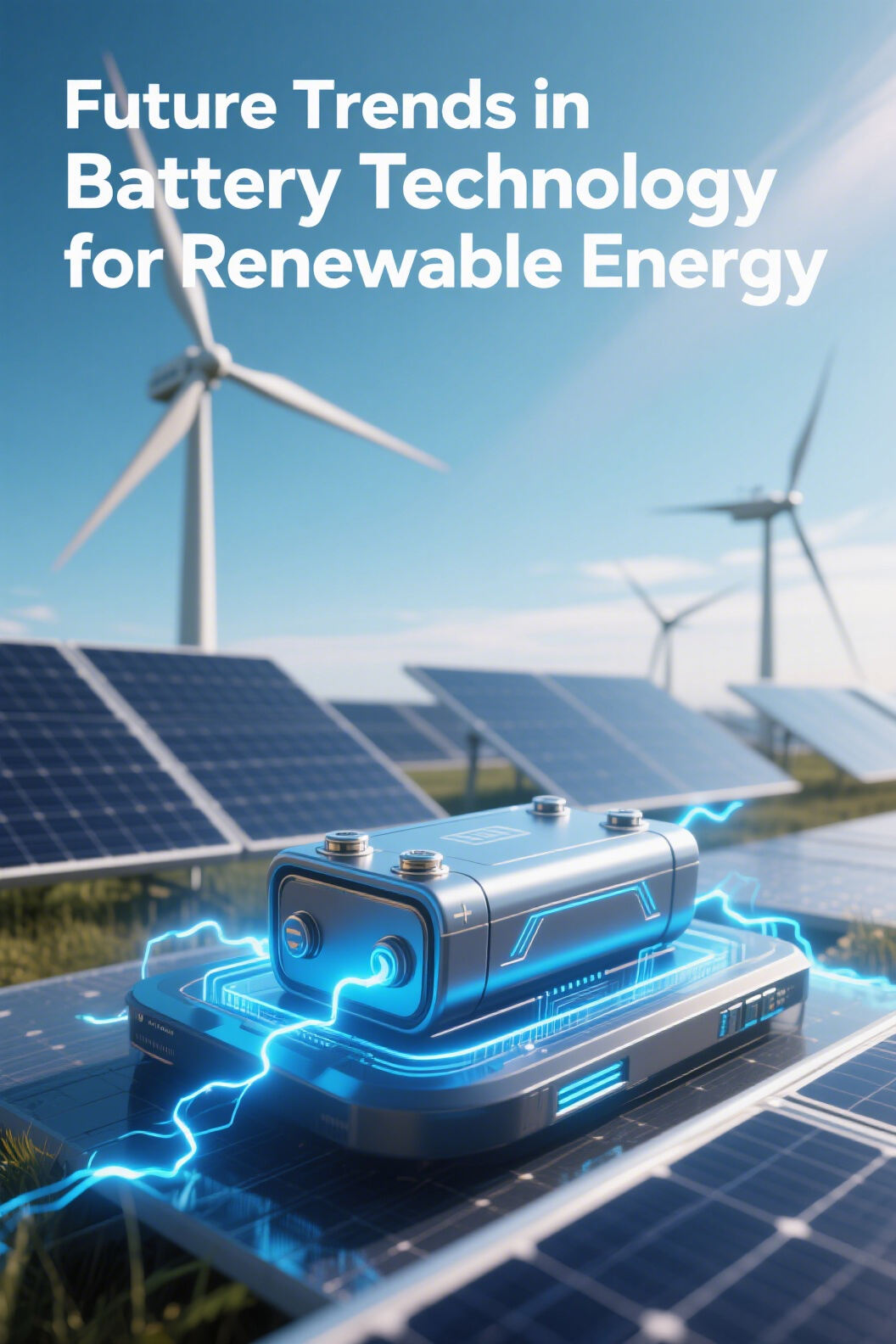The shift toward clean energy is happening fast, and batteries are right at the center of it all. Whether energy comes from a rooftop solar panel or a big wind farm, a reliable battery can capture what gets produced and store it for later use. People often say that a battery is the heart of any renewable system because, without one, all that green power would simply dry up when demand peaks.
In recent years, climate worries have pushed more folks and companies to try wind and solar. The more green energy we chase, the louder the call for better storage gets. Batteries hold onto the sunshine or breeze that arrives when nobody needs it, allowing that same power to flow out when demand finally spikes.
Solid-state batteries have been buzzing in the tech world for a while now. They swap out the liquid electrolyte found in today s lithium-ion cells for a solid slice of material. That small change could mean batteries that pack in more juice, charge in a hurry, and shrug off safety worries. Prototypes are still popping out of labs, yet automakers and startups keep pouring money into the space, betting the first commercial models will hit shelves within just a few years.
Artificial intelligence is sneaking into battery management systems, and the results can be surprising. By spotting usage patterns before they actually happen, AI tweaks when a battery charges or powers down. That sort of guessing game cuts down on wear and tear and keeps every watt useful for longer. When countless devices talk over the Internet of Things, this battery-brain combo becomes vital for managing energy and keeping the lights on in a greener way.
Old batteries are finding second lives, and the move is looking less like a gimmick and more like common sense. With electric cars popping up on every block and solar panels crowding rooftops, the pile of spent cells is growing fast. New gadgets and processes now dig out copper, nickel, and lithium from those used packs, so fewer raw materials have to be mined and fewer chemicals end up in the ground. Turning a dead battery into fresh raw materials helps close the loop and keeps production footprints from snowballing.
Battery technology isn't just about gizmos anymore; the money side is changing, too. Bigger factories and higher order numbers are slashing production costs almost by accident. When prices dip, solar rooftops and wind setups suddenly feel affordable to mom-and-pop shops-and even your average homeowner. If that cycle holds, batteries will keep getting cheaper, and cleaner power will blend more easily into everyday life.
Bright tomorrows show up when you look at the lab benches where new batteries are being born.

